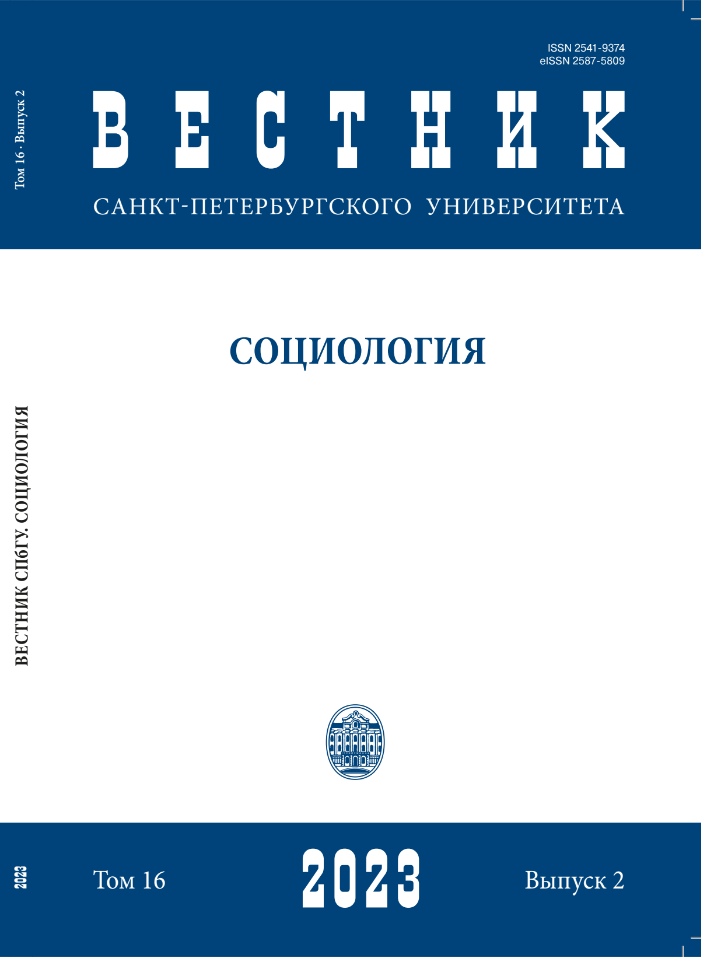Sentimental visual content of the new normality: How digital cats domesticate crises
DOI:
https://doi.org/10.21638/spbu12.2023.203Abstract
The article deals with the cultural origins of the sentimental content “about cats” and its actual functions, which are activated in the conditions of crisis phenomena. The author considers Internet memes with cats as a tool of social reaction to social crises, the evolution of which is inscribed in the general context of the “reformation” of the Internet associated with the peculiarities of social media. The COVID-19 pandemic overlapped with a cascade of social crises. Ideas about the new normality are spreading as a theoretical reflection of a permanent social situation in which post-crisis stabilization does not coincide with a return to pre-crisis states. The operationalization of such representations is becoming increasingly important. New crisis conditions are changing the adaptive strategies of users. Drift from the paradigm of mobilizing resources needed to overcome crises, which is rapidly being exhausted in the conditions of their cascade, to the paradigm of changing attitudes to crises and to one’s own capabilities (more precisely, their absence) starts. The author connects the cultural origins of sentimental content with the confrontation of the “old” Internet with its anonymity, counterculture, vanguard and minimalism of feedback and the “new” Internet, characterized by the construction of multi-channel communication systems and the desire for total visualization of information messages. The article analyzes the visual cat content on the example of Internet memes (including intersecting meme cycles and serial memes) dedicated to crisis social reflection. The author identifies the role of the cat content as a crossroads where the key attitudes of the old and new Internet meet, namely, the culture of trolling and the culture of cancellation. She considers the sentimentality of content as a form of lowering the register of distributed social reflection. The latter suggests new ways of positioning a social view belonging to a subject synthesizing the features of a digital cat and a mass user of social networks. The author identifies two key functions of the cat content — the maintenance of uncomplicated social interactions that provide a positive shared social experience and reflexive detailing of the response to the agenda in conditions of unprecedented mass media presence enhancement. The author comes to the conclusion that memes with cats center the lifestyle of a mass user in a home environment. The inclusion of a crisis agenda in it is equivalent to a new way of scaling social macro-problems, which an individual user is fundamentally unable to cope with. The crisis is represented in memes as the chaoticization of the household by harmless creatures, the consequences of which can be dealt with in the usual ways. As a result, digital cats help the user to domesticate and “tame” the social crisis.
Keywords:
internet meme, cat content, digital cat, trolling culture, cancellation culture, crisis, COVID-19, web 1.0, web 2.0
Downloads
References
Downloads
Published
How to Cite
Issue
Section
License
Articles of "Vestnik of Saint Petersburg University. Sociology" are open access distributed under the terms of the License Agreement with Saint Petersburg State University, which permits to the authors unrestricted distribution and self-archiving free of charge.




